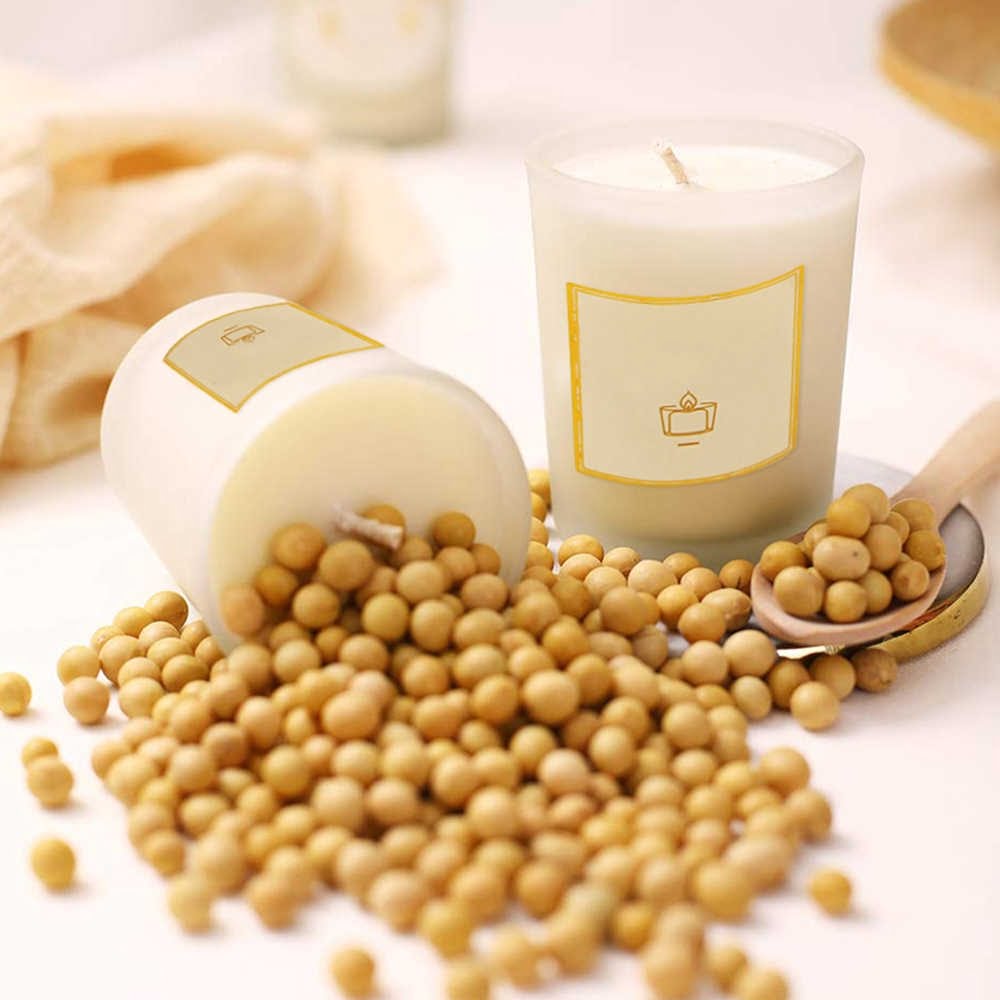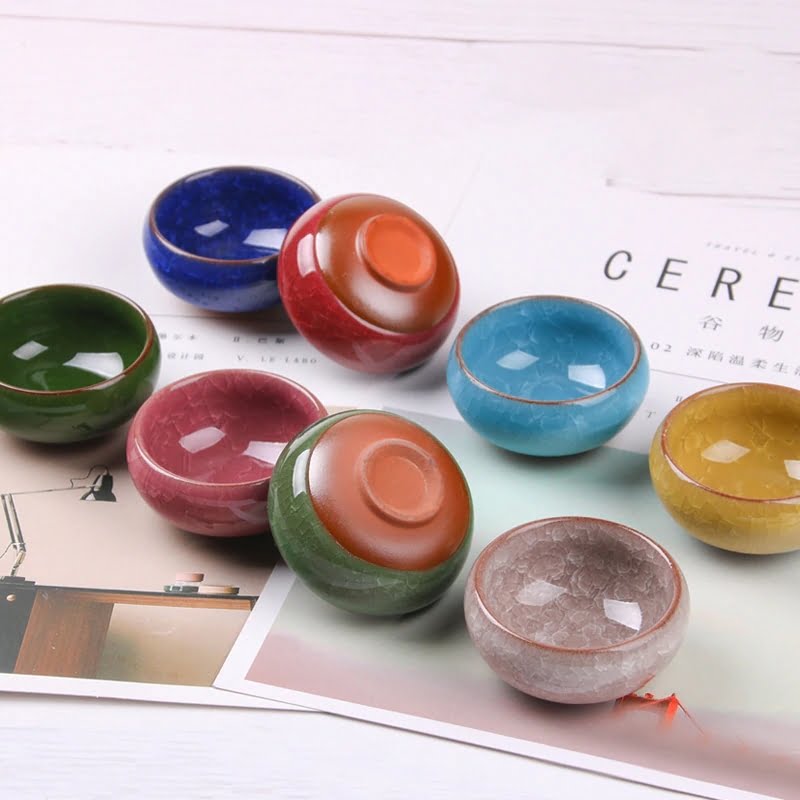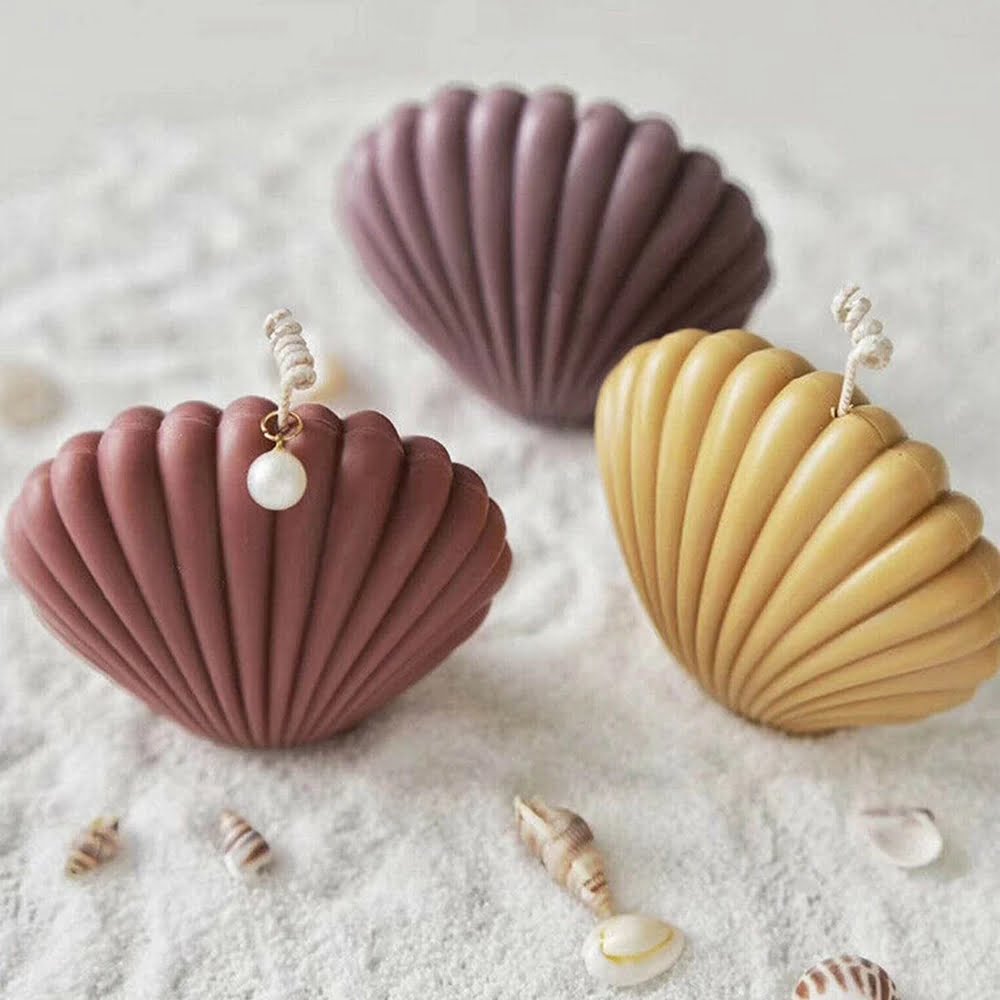Introduction
Citronella oil is an essential oil commonly used in making candles due to its mosquito-repellent properties. The botanical name for citronella is Cymbopogon nardus, which is a type of grass native to Sri Lanka and Java. It has long been known as an effective insect repellent due to its active ingredient, citronellal. It has a distinct lemon-like scent which may be used on its own or blend with other oils to create unique aromas.
The benefits of citronella oil in making candles encompass more than just keeping mosquitoes away. When burned as part of candle wax, the hot vaporized element further increases the effectiveness of the repellent properties. Additionally, it helps soothe people suffering from stress or anxiety when used in aromatherapy treatments. Furthermore, the aroma produced by burning citronella candles can act as a mood enhancer and instill feelings of joy and peace among housemates enjoying the scent around them, conversations will become smoother and more peaceful.
Lastly, if you’re looking for green alternatives without all those potentially harmful chemicals found in insecticides, then simple citronella oil candles are perfect because they are entirely made from natural ingredients that don’t pose any threat to your family and pets.
History
Citronella oil has an ancient past filled with historic accounts of indigenous tribes employing the plant as an insect repellent. Throughout the years, citronella has been used for various purposes such as a natural fragrance for cosmetics and foods, to make herbal medicines, and even to produce aromatic candles. In general, Native Americans from Central and South America were the first people to use citronella oil medicinally and spiritually.
In ancient times, citronella oil was prized for its therapeutic benefits due to its natural properties which included antifungal and antibacterial agents. Its major component is a type of alcohol known as Geraniol which is powerful enough to repel insects like mosquitoes and other bugs over cetain distances. Along with Geraniol, Citronella also contains compounds called “terpenes” which are known to offer anti-inflammatory qualities that aid in congestion relief or headaches stemming from colds or allergies.
Apart from insect repellent candles, there are other ways that villagers made use of citronella oil. It was often used in tinctures or salves to treat skin infections such as athlete’s foot or fungal infections brought on by humid climates (commonly found in rain forests). Indigenous cultures across Latin America also employed the plant’s leaves for spiritual rituals which based on Mayan teachings embodied by shamans”the traditional healers who sought guidance from nature’s spirits. As part of these ceremonies, it is believed that burning citronella leaves helped ward off evil entities while inviting peaceful ones into their homes.
In contemporary times, citronella’s medicinal usage continues as an essential oil found in health stores where it is largely used in aromatherapy treatments due to its uplifting yet calming citrusy scent when diffused through steam or incense sticks”techniques derived from ancient shamanic practices offered by the wisest of elders still alive today offering healing remedies across Central and South America countries.
Types of Citronella Oil Candles
Citronella oil candles can be found in a variety of forms, with each having its own advantages and applications. For example, there are votive citronella oil candles which are quick and easy to use as they come in a small holder or cup. These usually provide a pleasant aroma and are good for using around smaller outdoor spaces such as decks and patios. Another popular form of oil candle is the jar citronella candle. They come in larger containers such as jars that provide longer burn times and protection from the wind if necessary. They release more scent than the votive version but may need to be replaced fairly often depending on how much you use them. There are also versatile tiki torches that can be filled with citronella liquid fuel which allows for it to burn for upwards of 5 hours, making it ideal for larger outdoor gatherings such as barbeques or camping trips. Lastly, decorative lanterns filled with citronella fuel will not only make your outdoor space more attractive but also act as an effective repellent for mosquitoes and other bugs.
DIY Candle Making Tips
Citronella Oil is a popular additive in candle making due to its natural insect repellent properties. Making candles with citronella oil at home can be an enjoyable and rewarding project. Here are some tips for successfully making DIY candles with citronella oil.
1. Start by gathering all the necessary supplies, including wax, wicks and any candle-making molds you’d like to use, as well as citronella essential oil, vegetable oil or paraffin wax.
2. Melt the wax over low heat in a double boiler or on a gentle heating element until it reaches around 170°F (77°C). Temperatures higher than this will cause the citronella oil to evaporate too quickly.
3. Remove from heat and add your citronella essential oil, being mindful not to overdo it ” usually no more than one tablespoon of essential oils is used per pound of wax melt will do. If you’re using vegetable/paraffin wax, mix in a few drops of vegetable oil for every pound of wax melt instead. Again, adding too much can lead to a greasy finished product that does not properly bond with the wick when cooled.
4. Once you have mixed the ingredients together carefully and evenly, pour it into your desired candle molds or holders and place the chosen wicks into the center of each one before they cool completely ” otherwise they simply won’t stay standing upright! If possible try pre-tabbed wicks for easier centering and stability once cooled down.
5. Allow your candles to cool at room temperature before removing them from their respective molds/holders; typically this takes several hours but if desired can be sped up in cooler temperatures such as in a refrigerator or freezer if desired within reasonable amounts of time calculations determined beforehand). When ready, loosen up around their edges (if needed) before popping them out cleanly without breaking them apart while still malleable yet fully hardened/set throughout their inner cores via touch test or other methods initially set during wax’s melting stages aforementioned prior).
6 Last but certainly not least make sure to safely dispose of any remaining oils/wax residue left afterwards cleaning thoroughly cups on stove tops free from any substance build-up whatsoever post creation whether on high temperature settings brought forth prior mentioned within previously explained points fixed herein above once cooled through entirely so as its components do not remain accidently causing any potential hazard liable thereafter if ignored afterwards
Safety Guidelines
Citronella oil is a popular choice for making candles and other household items, but it’s important to remember that it is a powerful essential oil. While easy to use and relatively safe, there are some safety guidelines to consider when making citronella candles.
When selecting citronella oil for your candles, be sure to buy the best quality possible, preferably organic if possible. The stored oil should also be kept in a cool, dark place away from direct sunlight. To ensure that your products last longer, storing them in airtight containers is recommended.
Once you’ve chosen the right citronella oil and have set up proper storage conditions, it’s time to prepare for candle making. Be sure to wear protective gear such as eye protection and gloves while handling essential oils and wax. Never pour hot wax directly into an unlit candle as this could cause an unexpected explosion or fire due to the volatility of the essential oils in the wax. Additionally, always take care when heating scented oils in double-boilers; they can quickly become too hot and ignite or explode if left unattended. Finally, never leave lit candles unattended. It’s highly recommended to keep them away from flammable materials such as curtains or furniture so that any unexpected sparks don’t cause accidental fires.
Creative Projects
Citronella oil can be used in a range of other DIY activities. For example, it can added to homemade sprays, perfumes and room scenters. It is also effective when used as an ingredient for making soaps and toiletries like body wash and lotion bars. Citronella oil can be especially useful in the summer months when it works as a natural mosquito repellent when mixed with some witch hazel or olive oil and applied directly to the skin. You can even add it to your shampoo or conditioner for a refreshing, insect-repelling boost. If you’re feeling creative, citronella oil can be blended with other essential oils such as lemongrass, eucalyptus, peppermint or tea tree oil for an extra special smelly treat!
Final Thoughts
Citronella oil is an incredibly versatile essential oil that can be used to create many different products, from candles and soaps to lotions and room sprays. There are numerous benefits associated with the use of citronella oil for candle making. Firstly, it has natural insect repellent properties, meaning when used in a candle it can help to create a pleasant atmosphere free from mosquitoes, moths and other bugs. Its natural aroma also helps to create a soothing environment throughout the home. Additionally, citronella oil is known for its cleansing properties, making it useful for removing odors and purifying the air quality inside the home. As candles made using this oil are usually non-toxic and safe to burn indoors they can provide much needed relief from unpleasant smells while creating an atmosphere of freshness in any room. All in all, citronella oil is an excellent option for making candles as it offers significant beneficial features that make it ideal for adding warmth and comfort to any home.

Welcome to my candle making blog! In this blog, I will be sharing my tips and tricks for making candles. I will also be sharing some of my favorite recipes.





